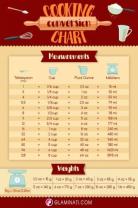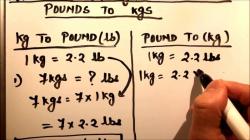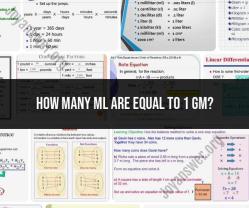What are some common metric weight units?
Metric weight units are widely used for measuring mass in the international system of units (SI). This quick reference guide provides an overview of common metric weight units and their relationships for easy conversion.
Introduction to Metric Weight Units
Metric weight units are essential for accurate and standardized measurements across various fields, including science, industry, and everyday life.
Kilogram (kg)
The kilogram is the base unit of mass in the metric system:
- 1 Kilogram (kg) = 1000 grams
- 1 Kilogram (kg) = 0.001 metric ton
Gram (g)
The gram is commonly used for smaller measurements:
- 1 Gram (g) = 0.001 kilograms
- 1 Gram (g) = 1000 milligrams
Milligram (mg)
The milligram is often used for precise measurements:
- 1 Milligram (mg) = 0.001 grams
Metric Ton (t)
The metric ton is used for larger quantities:
- 1 Metric Ton (t) = 1000 kilograms
Conversion Tips
For easy conversion:
- To Convert Grams to Kilograms: Divide the weight in grams by 1000.
- To Convert Kilograms to Grams: Multiply the weight in kilograms by 1000.
- To Convert Milligrams to Grams: Divide the weight in milligrams by 1000.
- To Convert Grams to Milligrams: Multiply the weight in grams by 1000.
Conclusion
Understanding common metric weight units and their relationships is essential for accurate measurement and effective communication. Whether you're in a scientific laboratory or simply converting weights for everyday use, this quick reference guide can help you navigate metric weight units with ease.











